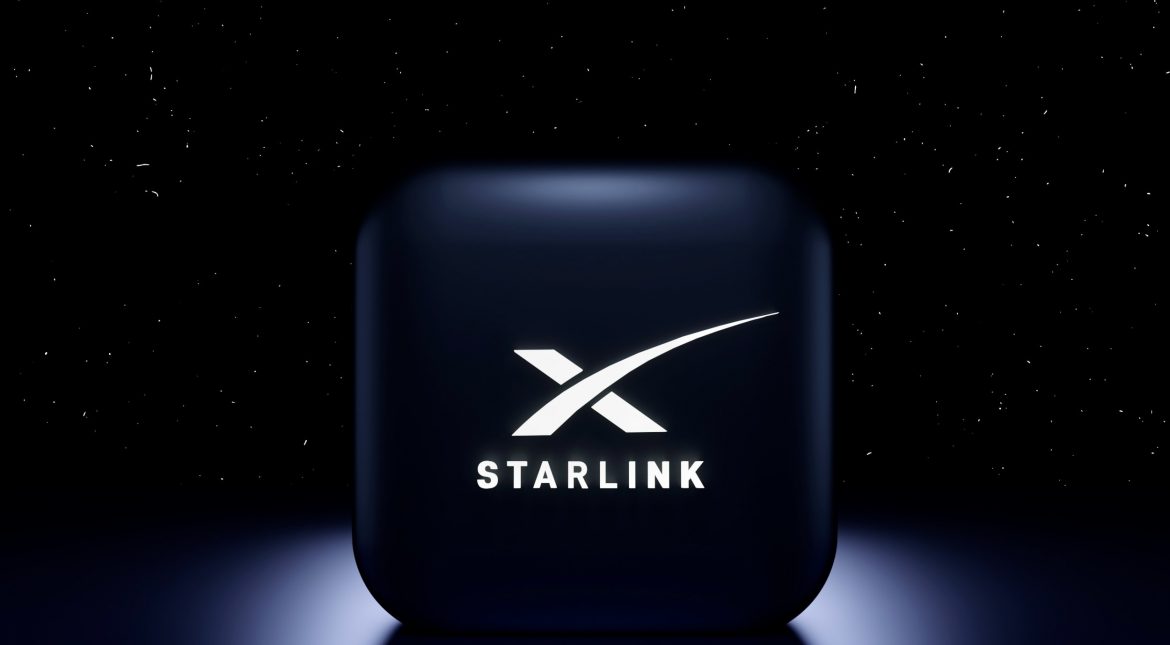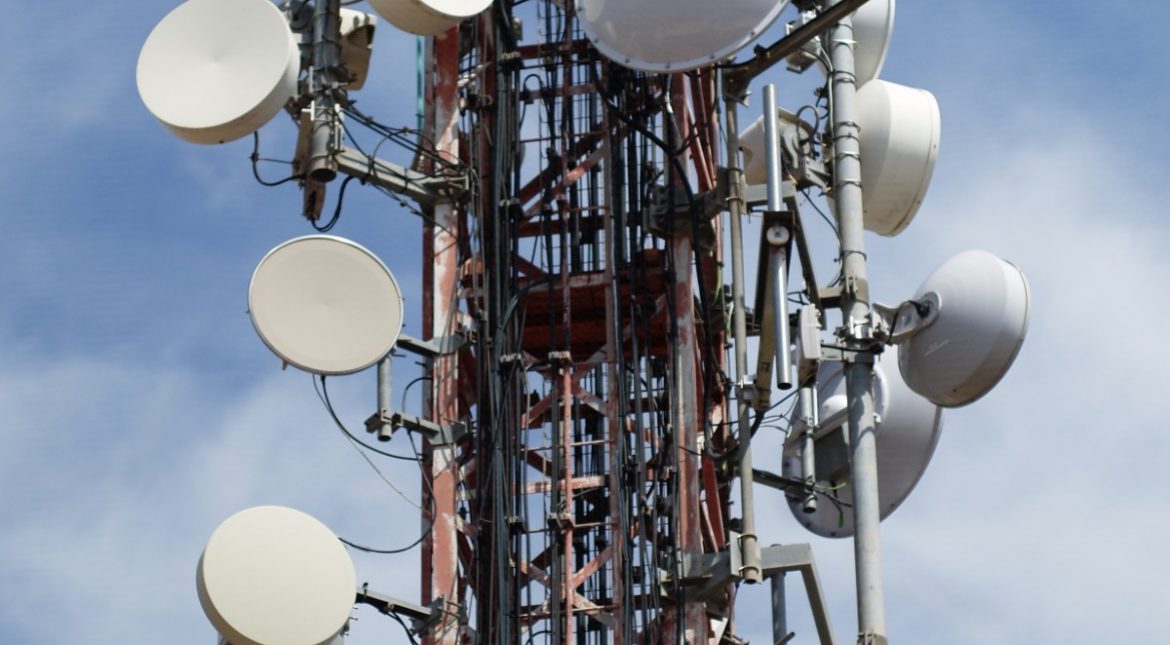The African market has been buzzing with the recent entry of Elon Musk’s Starlink into the internet provider space in Kenya, promising unlimited sattelite internet access in the country. Meanwhile, we at iNet Africa has been steadily expanding its presence and offering affordable high-speed internet through fiber-optic technology. We know many of you might be thinking “But which internet provider is the best choice for for my unlimited internet access in Kenya?”
In this article, we will compare Starlink and iNet Africa, explore their pros and cons, and help you make an informed decision.
For those who don’t know alot about starlink, Starlink is a satellite internet service operated by SpaceX, the space exploration company founded by Elon Musk. It uses a constellation of thousands of small satellites in low-Earth orbit to provide high-speed internet access to areas where traditional landline internet is not available or unreliable.
The user receives a Starlink kit that includes a satellite dish, a Wi-Fi router, and power cables. The dish is mounted outside the house, and it communicates with the nearest Starlink satellite to provide internet service to the user.
While at iNet Africa we deliver our services through fixed wireless and fiber optic cables.
Starlink Kenya: Pros and Cons
Pros:
Starlink offers unlimited high-speed internet access to any place on the planet, as long as the satellite dish has a clear view of the sky. The satellite-based internet service can provide consistent connectivity in areas where other internet providers cannot, making it an excellent choice for those living in remote or rural areas. Starlink’s high-performance kit is suitable for businesses that need reliable internet services to operate. The 30-day trial period allows you to test the service before committing fully.
Cons:
The initial cost of $599 (Ksh. 81,600) is significantly higher compared to other internet providers in the market. The monthly subscription cost is around $110 (approx Ksh. 14,900) , which is also higher than local providers in Kenya. The service is yet to be launched in Kenya, and regulatory approval is still pending but it is expected to come in at a similar price point.
iNet Africa: Pros and Cons
Pros:
Lower price: iNet Africa offers affordable high-speed internet through fiber-optic technology and cutting edge wireless technology. The internet provider has been expanding and has a good presence in the popular coastal towns of Malindi, Kilifi and Watamu. Different packages are available for home and business plans, providing flexibility to customers.
Cons:
The coverage area is limited compared to Starlink’s global service. The internet speed may be affected by infrastructure limitations, such as the quality of copper cables.
Starlink Kenya vs iNet Africa: Who is it better for?
Starlink Kenya is the better choice for those living in remote or rural areas where traditional landline internet is not available. The satellite-based internet service can provide consistent connectivity in areas where other internet providers cannot. Additionally, Starlink’s high-performance kit is suitable for businesses that need reliable internet services to operate.
iNet Africa is a better choice for those living in urban areas with more developed infrastructure. The fiber-optic technology offers high-speed internet that is not affected by distance limitations, making it an excellent choice for those looking for affordable internet packages. You can view our packages here for comparison.
Conclusion:
In conclusion, both Starlink Kenya and iNet Africa have their pros and cons, and the better choice depends on your location and internet needs. If you live in a remote area and require reliable unlimited internet services, Starlink Kenya may be the better choice. However, if you live in an urban area and want affordable high-speed internet with a reliable service, iNet Africa is the better choice! If you want to find out more about iNet Africa’s services you can reach us at 0730966666.









